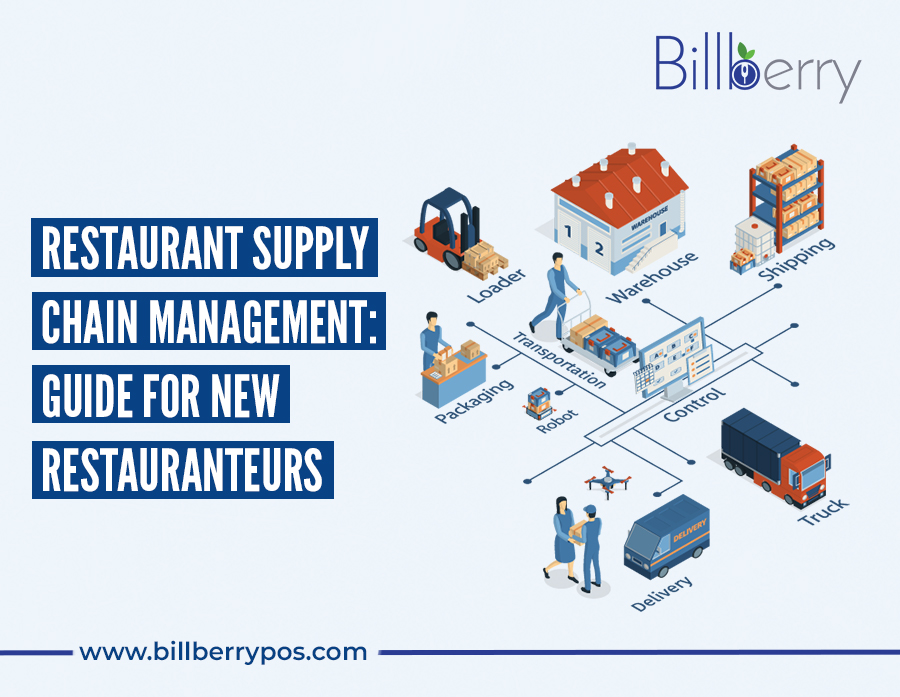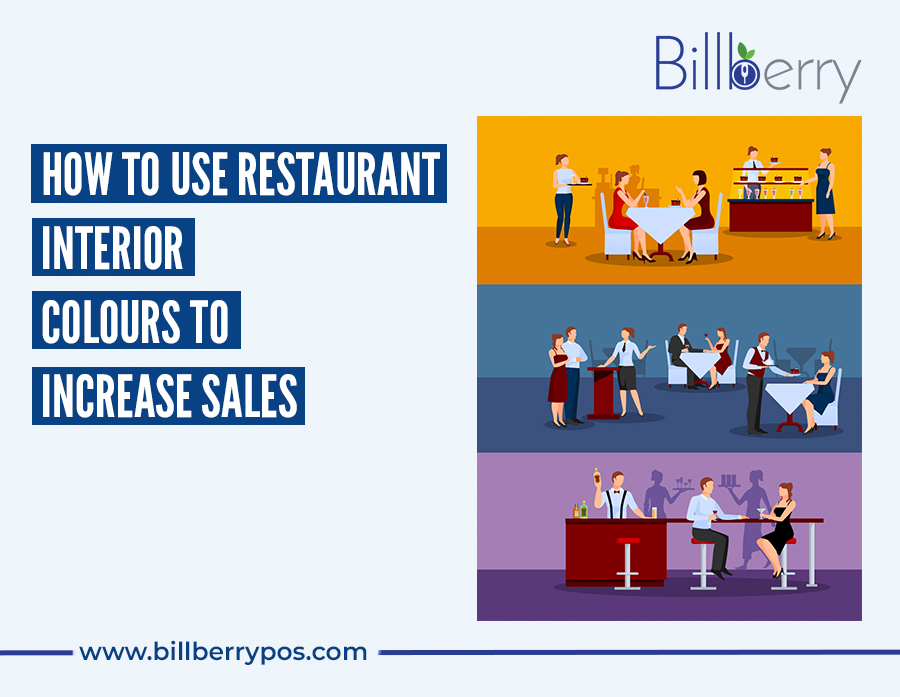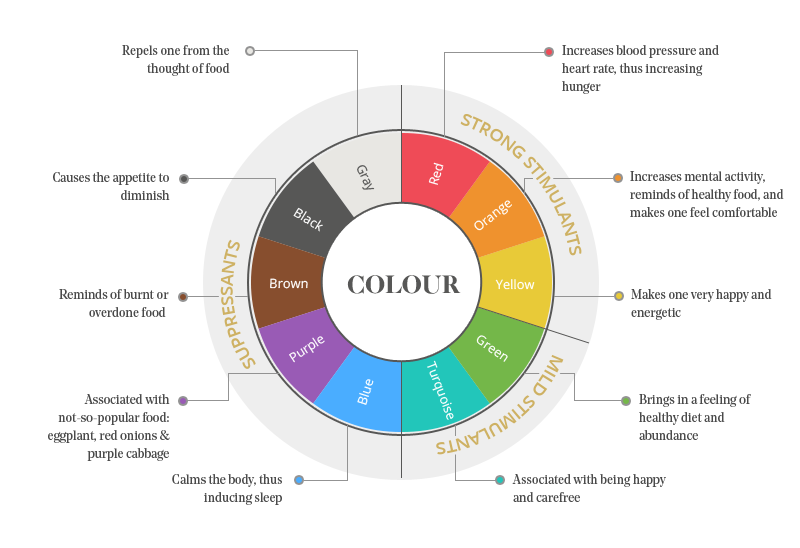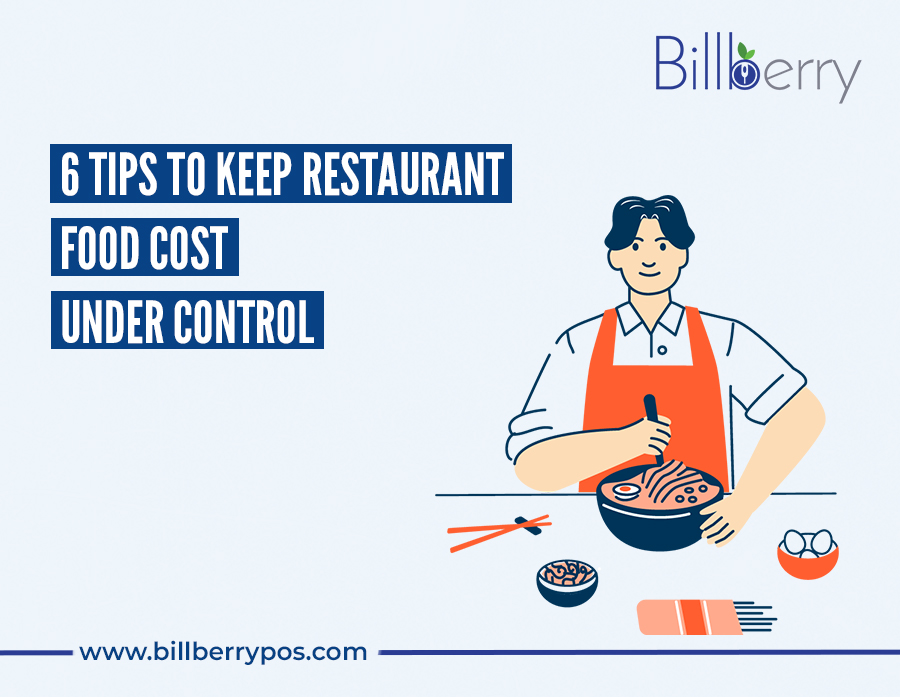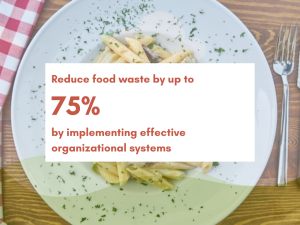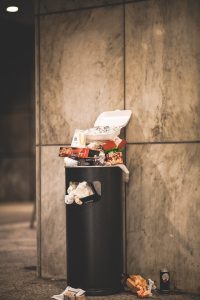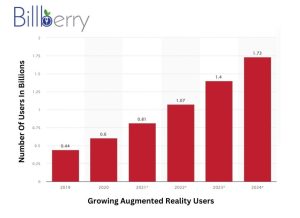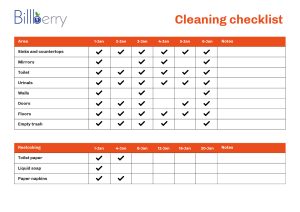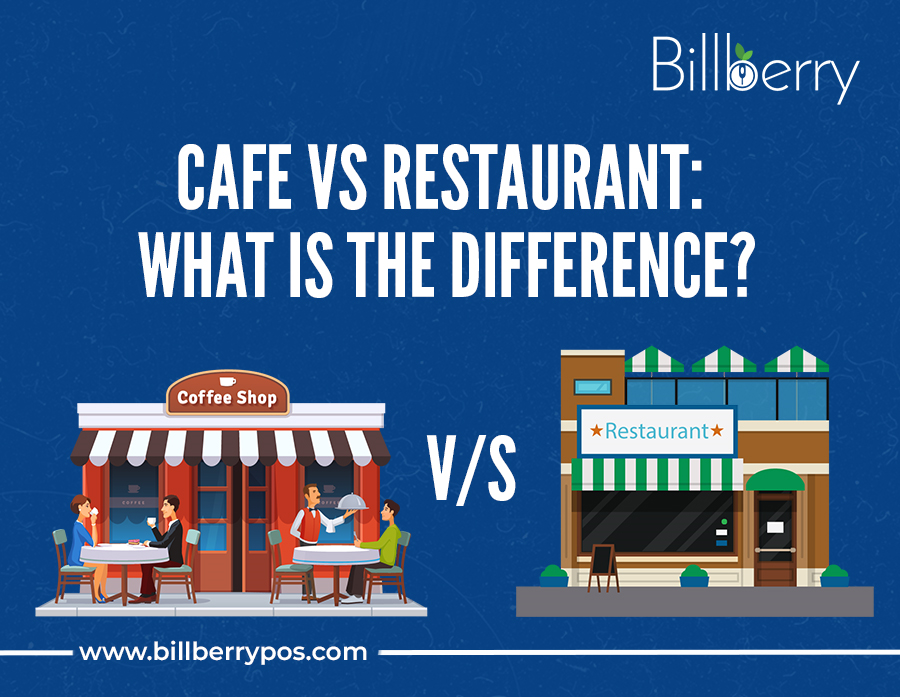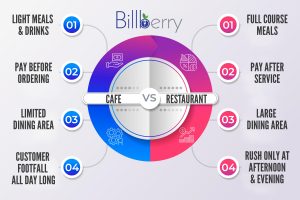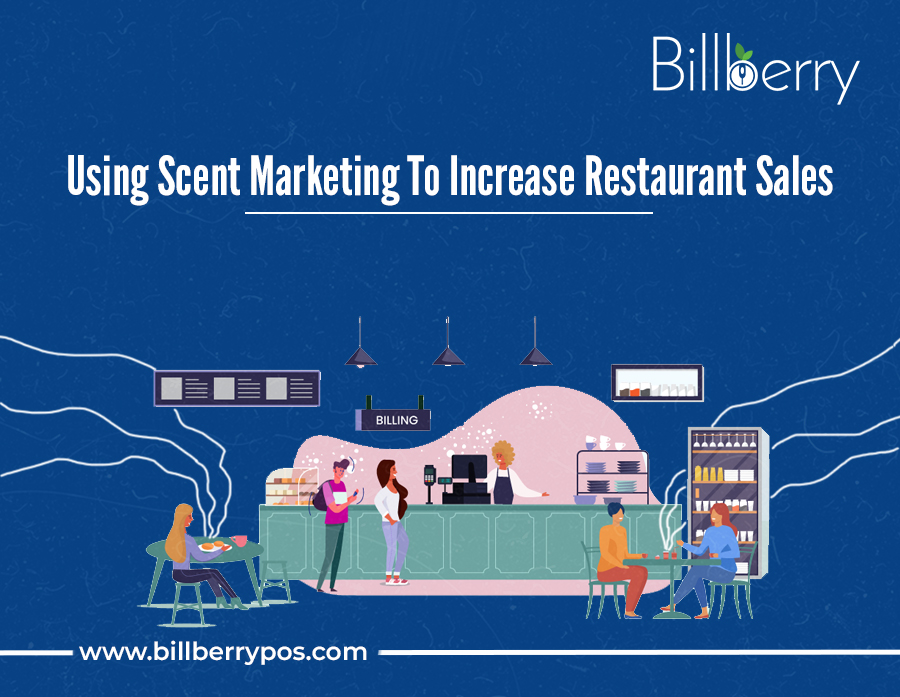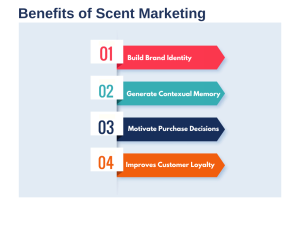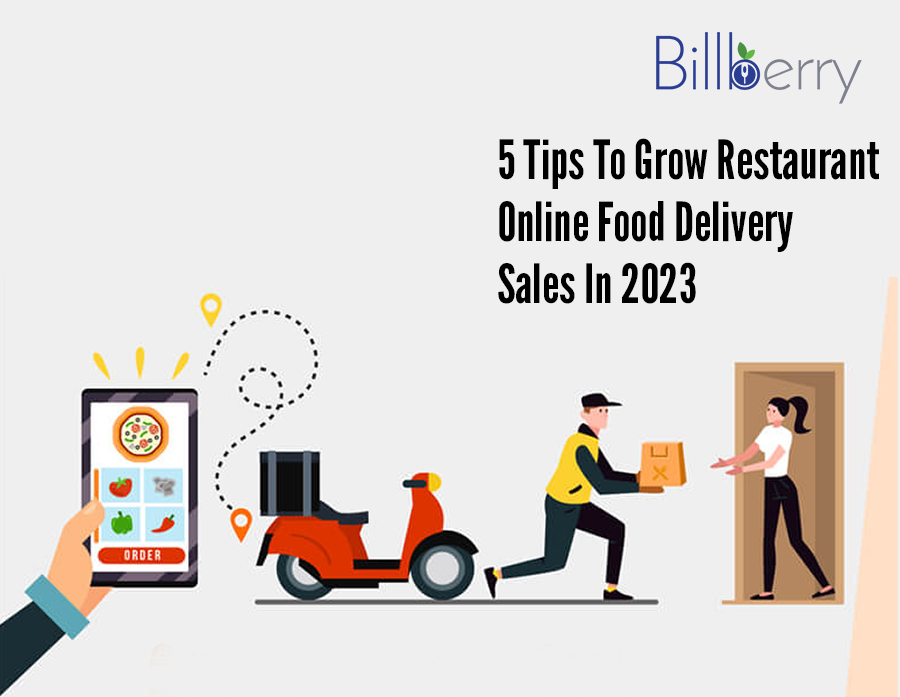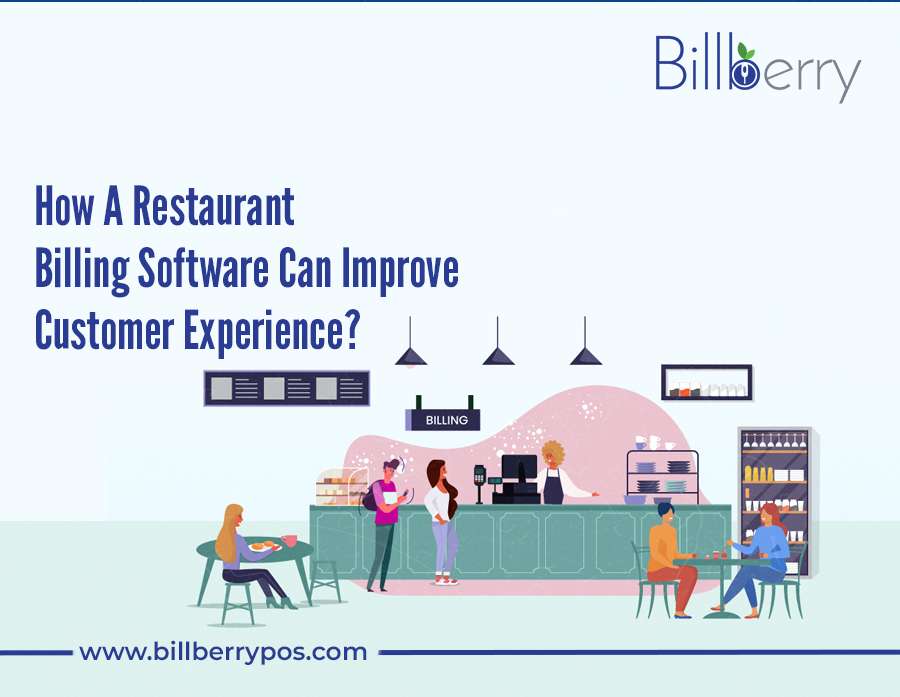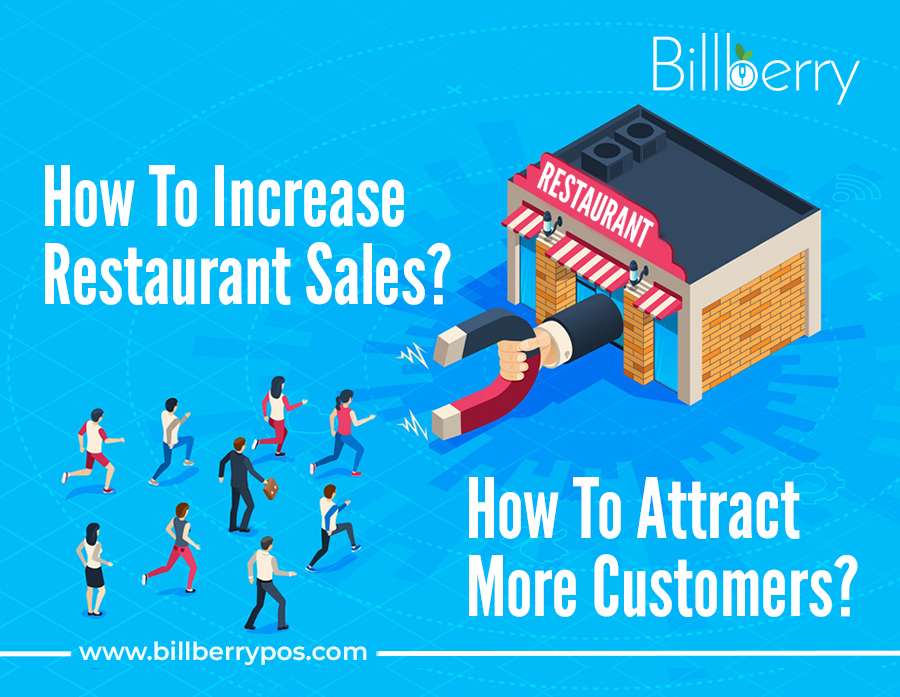The restaurant industry has grown tremendously over the years, with new players entering the market every day.
The global food service market is projected to reach a value of $4.2 trillion by 2027, growing at a CAGR of 4.8% from 2020 to 2027, according to a report by Allied Market Research.
The global food service market is projected to reach a value of $4.2 trillion by 2027, growing at a CAGR of 4.8% from 2020 to 2027 – Allied Market Research
However, running a successful restaurant involves more than just cooking great food and providing excellent customer service. One of the critical aspects of restaurant management is supply chain management.
Restaurant Management System – Free Demo
The supply chain refers to the network of suppliers, manufacturers, distributors, and retailers involved in the production and delivery of goods to consumers.
Restaurant supply chain management, therefore, refers to the process of overseeing the entire supply chain of a restaurant, from the procurement of raw materials to the delivery of finished products to customers.
For new restaurateurs, understanding how to manage their restaurant supply chain can be a daunting task.
In this article, we will provide a comprehensive guide to restaurant supply chain management, including the benefits, challenges, and best practices to follow.
6 Tips To Keep Restaurant Food Cost Under Control
Benefits of Restaurant Supply Chain Management
Effective restaurant supply chain management offers numerous benefits to the business.
A study by the National Restaurant Association found that restaurants that effectively manage their supply chains have a 24% higher profit margin than those that don’t.
Restaurants that effectively manage their supply chains have a 24% higher profit margin than those that don’t – National Restaurant Association
Some of the key benefits include:
Cost Reduction
By optimizing the supply chain, restaurants can minimize costs and increase profitability.
This can be achieved by streamlining procurement, reducing waste, and minimizing overhead costs.
All of this can also be achieved with the help of an efficient restaurant management system.
Improved Efficiency
A well-managed supply chain ensures that the restaurant gets the right products at the right time, in the right quantity, and at the right price.
This helps to reduce inventory costs, improve production efficiency, and ensure customer satisfaction.
How To Use Restaurant Interior Colours To Increase Sales?
Quality Control
Supply chain management helps to ensure that the restaurant sources high-quality products from reliable suppliers.
This helps to improve the quality of food served, reduce the risk of contamination, and protect the restaurant’s reputation.
Restaurant Billing Software – Free Demo
Challenges of Restaurant Supply Chain Management
Despite the numerous benefits of restaurant supply chain management, there are also several challenges that restaurateurs must be aware of. Some of the common challenges include:
Quality Control
Ensuring the quality of products sourced from suppliers can be a challenge.
This is because different suppliers may have varying standards of quality, which can affect the quality of the final product.
Price Fluctuation
The cost of raw materials can be unpredictable, with prices fluctuating due to various factors such as seasonality, supply and demand, and weather conditions.
Logistics
Managing the logistics of the supply chain can be complex, with multiple suppliers, distributors, and retailers involved.
This can lead to delays, stock-outs, and increased transportation costs.
Restaurant POS Software – Free Demo
Best Practices for Restaurant Supply Chain Management
To overcome the challenges of restaurant supply chain management and maximize the benefits, restaurateurs should follow these best practices:
Build Strong Relationships with Suppliers
Developing strong relationships with suppliers is crucial for ensuring quality products, competitive pricing, and reliable delivery.
This can be achieved by regularly communicating with suppliers, negotiating prices, and paying on time.
7 Essential Restaurant Menu Design Tips – Restaurant Menu Engineering
Monitor Inventory Levels
Monitoring inventory levels is essential for ensuring that the restaurant has enough stock to meet demand without incurring excess inventory costs.
This can be achieved by implementing inventory management software or using manual inventory tracking methods.
Implement Quality Control Measures
Implementing quality control measures such as food safety protocols and quality checks at each stage of the supply chain can help to ensure that the restaurant serves high-quality food and maintains its reputation.
Use Restaurant ERP Solution
Using a restaurant ERP solution offers end to end restaurant operations management with analytical reports.
Everything can be managed on a single centralized dashboard with the help of a robust restaurant ERP solution.
It can also help to optimize the supply chain by identifying areas of improvement, predicting demand, and reducing waste.
How To Create A Restaurant Management Checklist
Consider Sustainable Practices
Adopting sustainable practices such as sourcing locally, reducing waste, and using eco-friendly packaging can help to reduce costs, improve brand image, and contribute to environmental conservation.
Conclusion
In conclusion, effective restaurant supply chain management is critical for the success of any restaurant.
By understanding the benefits, challenges, and best practices of supply chain management, new restaurateurs can optimize their supply chain, reduce costs, improve efficiency, and maintain customer satisfaction.
Moreover, this article is curated by content experts at Billberry, the all-in-one ERP solution for food businesses. Have deeper business insights with 40+ reports to manage everything right from procurement to customer engagement on a single dashboard. Book a Free Demo for Restaurant ERP Solution Today!







